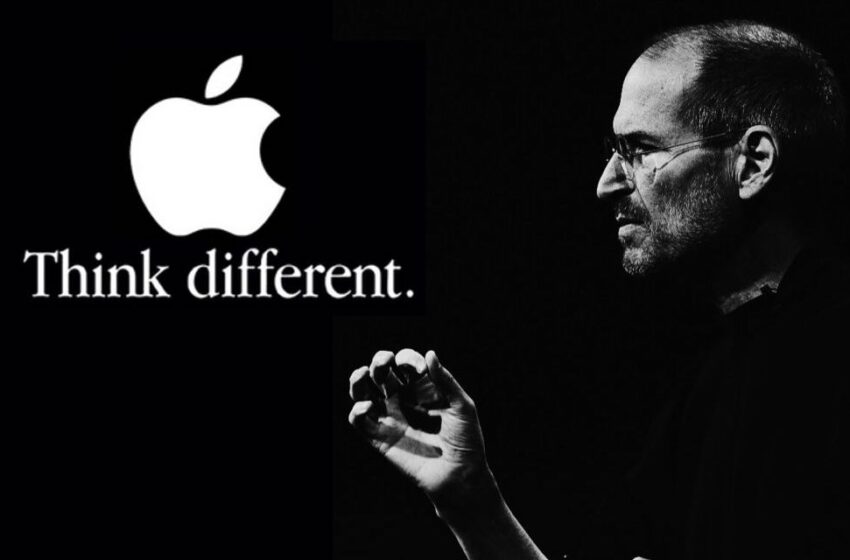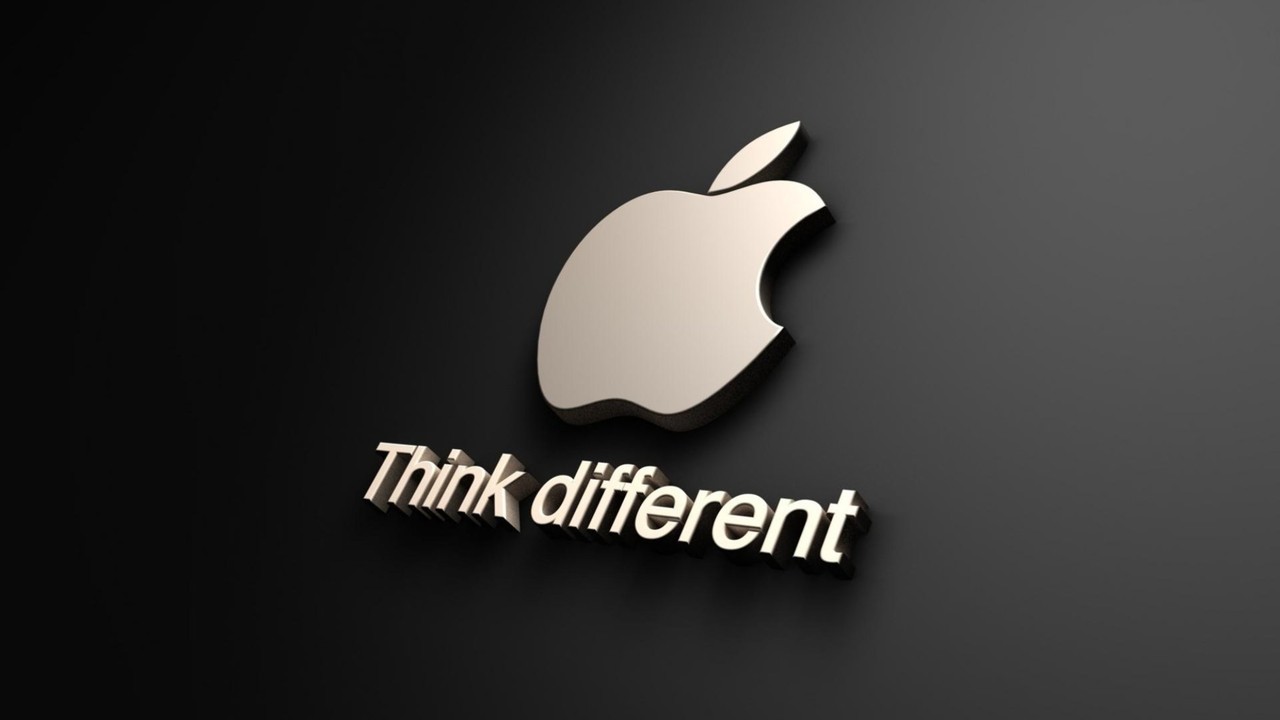“Think Different” by Apple

In 1997, Apple launched a campaign that would change the course of advertising history. The “Think Different” campaign was an iconic piece of marketing that not only established Apple as a cutting-edge brand but also helped to redefine the tech industry’s approach to advertising. This case study will take an in-depth look at the “Think Different” campaign, examining its messaging, creative, and impact.
Background
In 1997, Apple was struggling. The company had just recorded a $1 billion loss and was facing fierce competition from Microsoft. To turn things around, Apple’s newly appointed CEO, Steve Jobs, knew he needed to do something bold. Jobs had always been a visionary and believed that Apple could become a leader in the tech industry if they focused on innovation and creativity.
To communicate this message, Jobs turned to advertising agency TBWA/Chiat/Day. Jobs had worked with the agency before and believed that they could help Apple achieve its goals. Together, they developed the “Think Different” campaign.
Campaign Strategy
The “Think Different” campaign was focused on Apple’s brand values of creativity, innovation, and individuality. The campaign’s messaging was centered around the idea that “the people who are crazy enough to think they can change the world, are the ones who do.” The ads featured black and white photographs of iconic figures from history, including Albert Einstein, Mahatma Gandhi, and Martin Luther King Jr.
The campaign was intended to be a departure from traditional tech advertising, which focused on the product’s technical specifications. Instead, the “Think Different” campaign focused on Apple’s brand values and the way in which their products could help users to be more creative and innovative.
Creative
The “Think Different” campaign’s creative was stunning. The ads featured beautiful black and white photography, with the iconic figures positioned against a plain white background. The ads were simple but powerful, with the copy reading “Think Different” and the Apple logo at the bottom.
One of the most memorable ads from the campaign featured Muhammad Ali, one of the greatest boxers of all time. The ad showed Ali’s face in profile, with the copy reading “Think Different.” The ad was a powerful statement about individuality and non-conformity, qualities that Apple wanted to associate with its brand.
The campaign also featured a TV commercial that aired during the 1997 Emmy Awards. The ad featured footage of the iconic figures from the print ads, along with a voiceover from actor Richard Dreyfuss. The commercial ended with the tagline “Think Different” and the Apple logo.

Impact
The “Think Different” campaign was a massive success. The campaign was awarded several prestigious advertising awards, including the Grand Prix at the Cannes Lions International Advertising Festival. The campaign also helped to establish Apple as a cutting-edge brand that valued creativity and innovation.
The campaign’s impact was not just limited to the advertising industry. The “Think Different” campaign helped to create a cultural movement around creativity and individuality. The ads featured iconic figures from history who had changed the world through their unique vision and talents. This message resonated with consumers, who saw Apple as a brand that valued their individuality and encouraged them to think differently.
The “Think Different” campaign also helped to kickstart Apple’s comeback. The campaign helped to re-establish Apple as a brand that was focused on innovation and creativity. This message was reflected in the products that Apple released in the years following the campaign, including the iMac, iPod, and iPhone.
Conclusion
The “Think Different” campaign was a game-changer for Apple and the advertising industry as a whole. The campaign’s messaging and creative were powerful and helped to establish Apple as a brand that valued creativity and innovation. The campaign also created a cultural movement around individuality and non-con formity that resonated with consumers and contributed to Apple’s success in the years to come.
The campaign’s impact can still be seen today, as Apple continues to innovate and push boundaries in technology and design. Its influence on advertising is also evident, as many brands have attempted to replicate its success with similar campaigns.
Overall, the “Think Different” campaign is a prime example of how a powerful message, combined with effective marketing and creative, can create a cultural movement that resonates with consumers and sets a brand apart from its competitors.